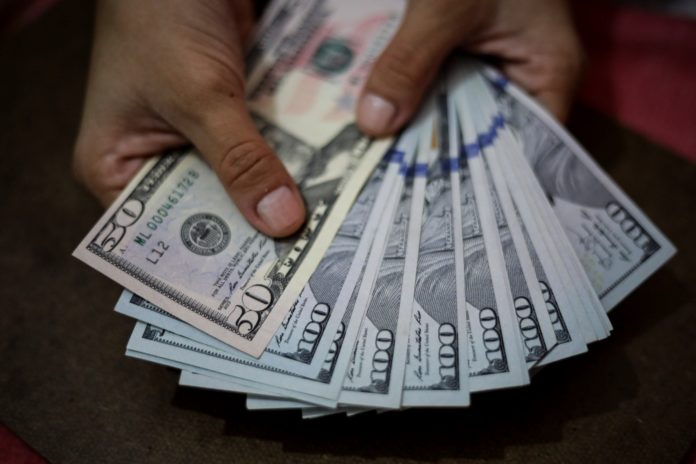In normal times, wages may increase moderately above the rate of inflation. But in times of high inflation, prices and wages move upwards in tandem, feeding upon each other, in what is known as a “price-wage spiral.” For instance, in the United States after the Second World War wages and prices increased together briefly. But during what is known as the Great Inflation of 1965-1982, prices and wages together reached levels that required pushing the economy into recession to break the spiral, under the leadership of the legendary Paul Volcker, who was head of the central bank from 1979 until 1987. At the start of this year, consumer prices in the United States increased 7.5 percent, the highest yearly rate in 40 years, while annual average hourly earnings lagged slightly behind, increasing 5.7 percent in January, the highest rate since 2001.
To deal with the threat of a spiral, the Federal Reserve has already announced the end by next month of its purchases of government and mortgage-backed securities. Additionally, for its next mid-March meeting, the question is no longer if interest rate increases will take off, but rather if the economy requires more than the expected quarter-percentage-point interest rate increase. Meanwhile, according to the Wall Street Journal (02/18/22), in the State of the Union speech, on March 1, President Joseph Biden will emphasize the government’s efforts to combat inflation.
*International analyst and consultant, former Director ECLAC Washington. Commentator on economic and financial issues for CNN en Español TV and radio, UNIVISION, TELEMUNDO and other media.
PRECIOS Y SALARIOS
A principios de este año, los precios al consumidor en Estados Unidos aumentaron 7.5 por ciento, la tasa anual más alta en 40 años, mientras que el promedio anual del salario por hora estaba levemente rezagado, al aumentar 5.7 por ciento en enero, la tasa más alta desde 2001.
Para lidiar con la amenaza de una espiral, la Reserva Federal ya anunció que el mes entrante finalizará las compras de activos del gobierno y los garantizados por hipotecas. Además, para la reunión de mediados de marzo, la pregunta ya no es si despegarán los aumentos de la tasa de interés, más bien es si la economía requiere superar el esperado aumento de un cuarto de punto porcentual en la tasa de interés.
Entretanto, según el Wall Street Journal (02|18|22), en el discurso sobre el Estado de la Unión, el 1 de marzo, el Presidente Joseph Biden resaltará los esfuerzos del gobierno para combatir la inflación.
*Analista y consultor internacional, ex-Director de la Oficina de la CEPAL en Washington. Comentarista de economía y finanzas de CNN en Español TV y radio, UNIVISION, TELEMUNDO y otros medios.







